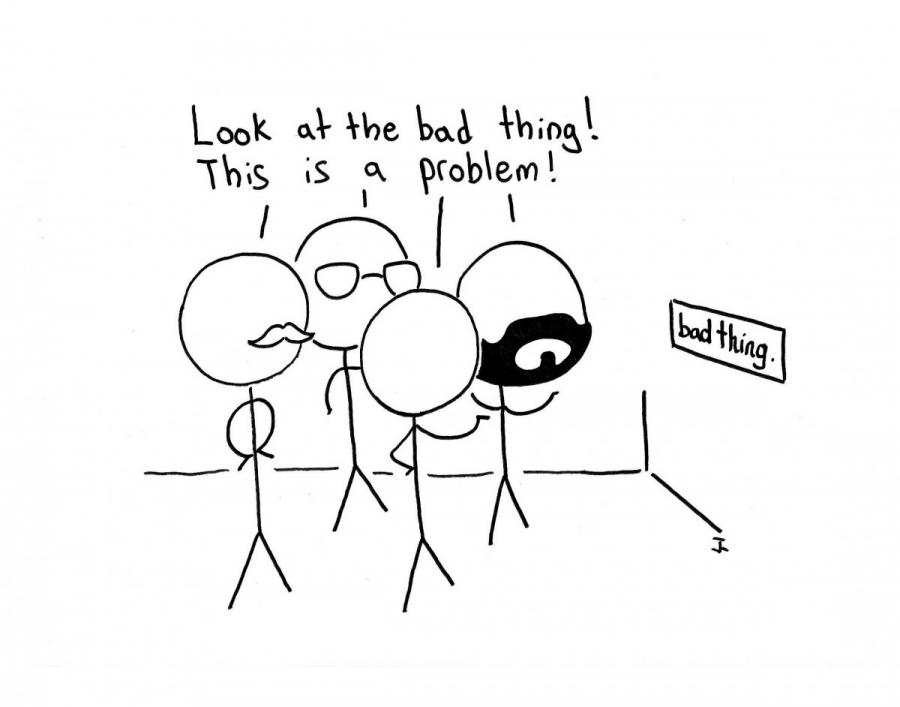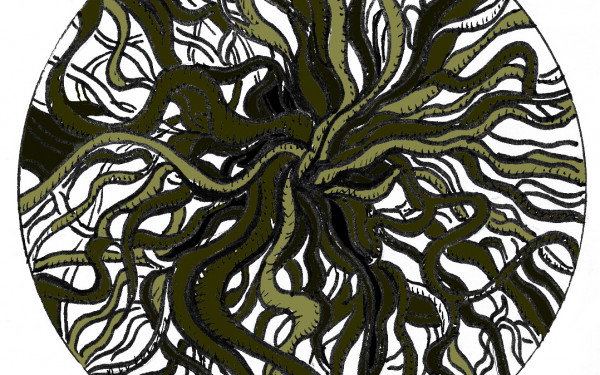Stereotypical Political Cartoons Are Out of Place in 2018
No, I Don’t Need to See What a Caricature Has to Say About Politics
Political cartoons, the one-panel caricature of timely events that you might see in the editorial section of the newspaper, have always been using material that was very simplistic, often to a fault. This is nothing new.
What doesn’t help the case for them at all is their usage of (often negative) stereotypes.
This past week, the Herald Sun, an Australian tabloid, released a cartoon by Mark Knight in their newspaper that depicted Serena Williams throwing a tantrum in the U.S. Open Finals. The cartoon depicted Williams using many stereotypes of Black people, including over-exaggerated lips and wild curly hair reminiscent of imagery that would have been seen in racist, Jim Crow era cartoons of the past, including political cartoons.
The artist, intentionally or not, also portrayed Williams’ opponent Naomi Osaka, whose mother is Japanese and whose father is Haitian, as a white, blond woman.
Not only are they extremely harmful and hateful, they also serve to make them especially irrelevant in a world where diversity is as championed as ever.
In fact, considering the history behind them, it shouldn’t be a surprise why they operate like this. Political cartoons were born out of the newsheets of late 1800s Great-Britain, and often served as caricatures of political issues or British society. Soon, they spread to most major publications in many countries, and they continued this same satirization and caricature of politics and life. These cartoons weren’t just intended for the people who knew what was going on, but also those who didn’t, hence why drawing it out with minimal text worked well (in theory, at least) to explain what was going on to people who otherwise would have almost no idea.
Their original intent and the fact that they essentially haven’t changed in 300 years is why they are so misplaced today. Besides the medium, political cartoons of today are pretty much saying the same things as they did in the 1700s. All you’d have to do is change some names around and use some era-appropriate terms (‘’drinking halls’’ instead of ‘’Facebook’’ in something talking about ‘’the moral corruption of today,’’ for example).
But here’s the thing: you only hear about the absolute worst of the worst, because they’re the only ones that are even worth mentioning.
They are supposed to make me think about the issues they are trying to represent, but all I can think about when I look at one is “why am I spending my limited time on this Earth trying to figure out why a random politician is in a pair of water wings?’’ Sometimes, I’m not even sure the artist quite knows what they are trying to say. This is especially true when it comes to cartoons about any sort of technology or issue that wasn’t relevant 40 years ago.
Even the ‘’good ones’’ (not racist and actually have a point that can be grasped) are about as subtle as a bull in a china shop that has air horns strapped to its back.
There are ways of critiquing and satirizing issues without resorting to the absolute petty, bottom of the barrel, and unfunny ways so many political cartoons stoop to. In fact, at this point in time I’d think most people have discovered and are taking full advantage of them.
Today, people have a plethora of options when it comes to political satire, ranging from YouTube videos to actual fully fledged comics. Plus they often do an infinitely better job of not only making it clear what you’re looking at or reading about, but also of satirizing and making fun of the issue. They’re better at doing the cartoon’s job than the cartoon is!
When people want to see tone-deaf satire about things they don’t like, they don’t look at an obtuse cartoon that, for the most part, isn’t actually saying anything; they watch the thousands and thousands of Youtube videos where nobodies with nothing to say talk for ten minutes about things they don’t actually understand.
The political cartoon as a way to critique society has become obsolete at this point in time, and their relevance is very long gone. Now, the only times I will be seeing them will be when I see them shared to my Facebook wall against my will. Thanks, random person I knew from CEGEP.


_600_832_s.png)



